The Chausath Yogini Cult – celebrating the Feminine
Chausath Yogini cult – an obscure, forgotten cult in ancient India that celebrates the feminine, its philosophy, persecution and fall
For fans of Douglas Adams’ Hitchhiker’s Guide to the Galaxy, the answer to the ultimate question is 42. Ancient Tantric rituals and beliefs had another number that evoked fear, belief and piety – the 64. Or the Chausath Yoginis.
The Chausath Yoginis
The Yoginis are 64 in number and hence called the Chausath (Hindi for the number 64). They are a group of forest spirits and mother goddesses. The tribals in the old Gondwana forests of Central India y were the original devotees of the Chausath. Sometime in the 8th century AD, the Chausath Yoginis moved into Tantric practices. Ultimately, the traditional Hindu pantheon of Gods and Goddesses came to include the Chausath.
A Yogini is, literally, a female practitioner of Yoga. She represents one part of the universal divine energy that exists in all things. This is the feminine part while the other part is the masculine. The Chausath Yoginis were feared & worshiped for Tantric power. The cult of the Yoginis was very powerful between the 9th and 12th centuries AD.
The Cult and its Temples
This cult celebrated the feminine and its power. The temples were designed to “reflect the form of a reclining languid woman”. This is how they celebrated sensuality and fertility. The temples were typically circular, on an elevated ground and open to the sky. The statues of the 64 female forms were in chambers lining the circumference of the temple. Dancers probably performed in the central courtyard. Possibly, the women dancers (Devadasis) were wedded to the deity of the temple. No one man owned them. Very importantly, the women had full rights on their lives and bodies.
The Celebration of the Feminine
This celebration of the feminine brought with it economic power. This started with the temples which were, in a sense, vital cogs of the economy then. It slowly started losing its power since it was divergent to the patriarchal belief system. It happened due to systematic suppression. The British rule further extended this. They believed the temple dancers or Devadasis to be little more than prostitutes and suppressed the celebration of the feminine. They brought in the era of patriarchal puritanism that further reduced women’s rights. It ultimately de-legitimized the female hold over temples, wealth and even their own bodies.
The Fall of the cult
The temples fell into disuse. The practitioners of the faith did so in secrecy. Society accused the followers of witchcraft and persecuted them. And thus, the system slowly decimated the Chausath Yogini cult across the country. Even from their erstwhile stronghold of the Central Indian forests in the current states of Madhya Pradesh and Odisha. In time, the collective memory of the people also dropped the Chausath.
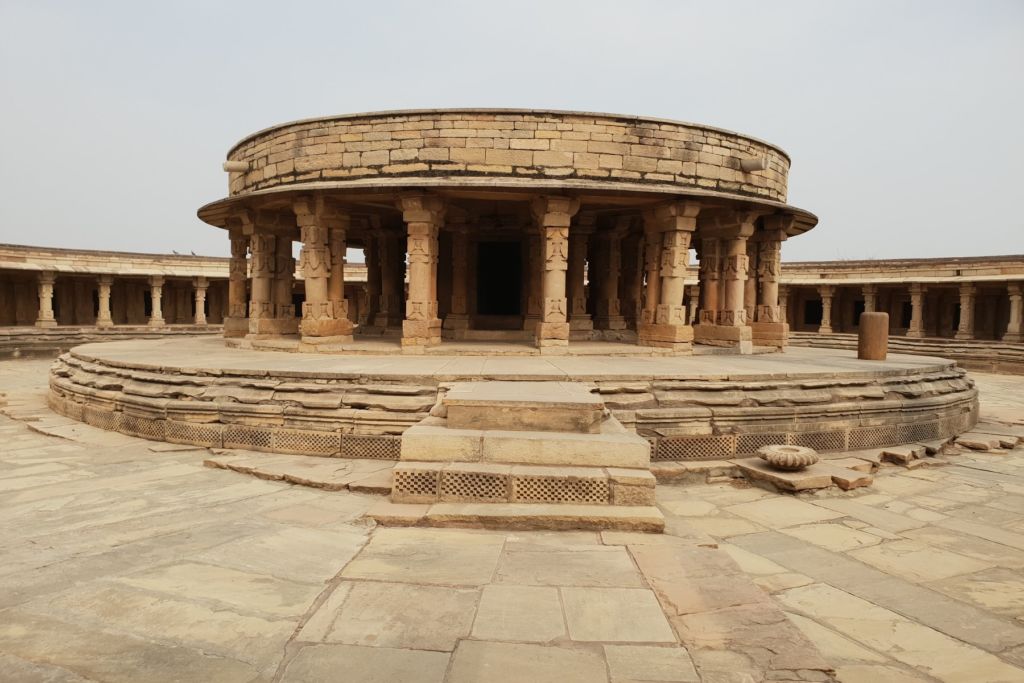
The Chausath Yogini cult now
All we have now as remnants of the Chausath Yogini cult are the ruins of temples. Some of the more striking ones are in Hirapur, Odisha and Mitaoli near Gwalior, Madhya Pradesh. The circular structure of the 11th century Chausath Yogini Temple of Mitaoli is a sight to see even today. In fact, the Mitaoli Temple has inspired the design of the Indian Parliament House in Delhi. The British built this in the 1920s.
The system cruelly suppressed the Chausath Yogini cult, one of the voices that believed in the equality of the feminine. But ironically, it became the inspiration for the cradle of the largest democracy in the World.
How to get there
In case you wish to visit one of these temples, the central part of India is very easily accessible. Gwalior is very well connected with air and train. So is Bhubaneshwar in Odisha. Click here to see what else you could see while you are in the central part of India.
An interesting cultural/ religious practice that has not yet been completely erased from the collective memory in India is the ritual of Sky Burial in the Tower of Silence .
Read about some of the other interesting places in Mysterious India.
In case culture is of interest, check out the places of cultural interest in India. And if history is your interest, check out some of the places of historical interest in India.
India is a many-faceted country. It celebrates the mysterious, cultural, natural, wildlife, spiritual and more… Here is some more information on these facets of India, to help you travel beyond the regular tours and packages to India.
And if you are looking to have interesting experiences around India, Asia, Europe or Africa, visit Beyonder Travel.

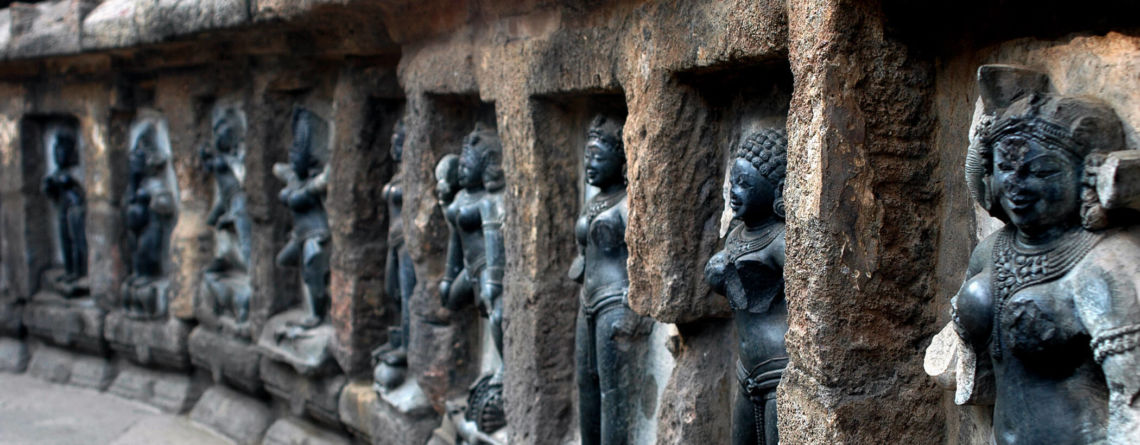

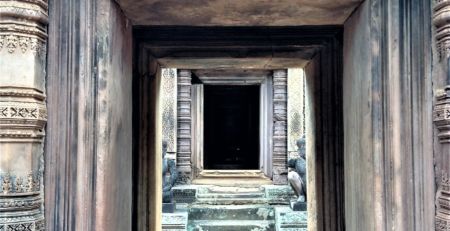


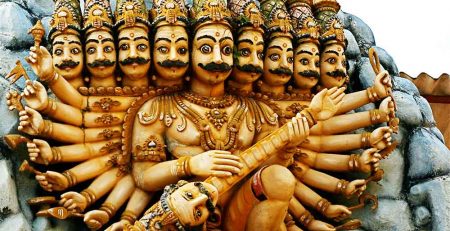
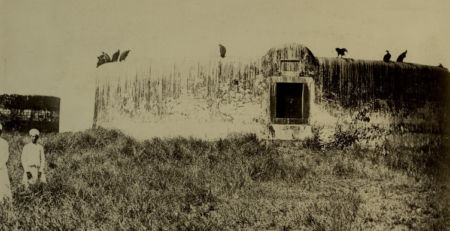




Comments (5)
Very interesting Anand. Thank you for sharing
Thanks Matangi
Dear Anand
I have visited Mitaoli on Several occasions and the idea that this could have inspired the parliament building struck me the first time I visited the place, while exploring the ruins of votive temples at Bateshwar. What a phenomenal site and tragic that all the yogini statues have been replaced by Sivalingas, 64 of them, erasing totally the presence of the feminine and all traces of Shakti worship that would have been the dominant tradition in this region for centuries. Thank you for bringing this into focus.
Thanks Sohail. I’m glad you liked the blog
hi,
I would like to have more info about this topic. can you help with that please, from where you got to know about this cult I mean how are you so sure about it?